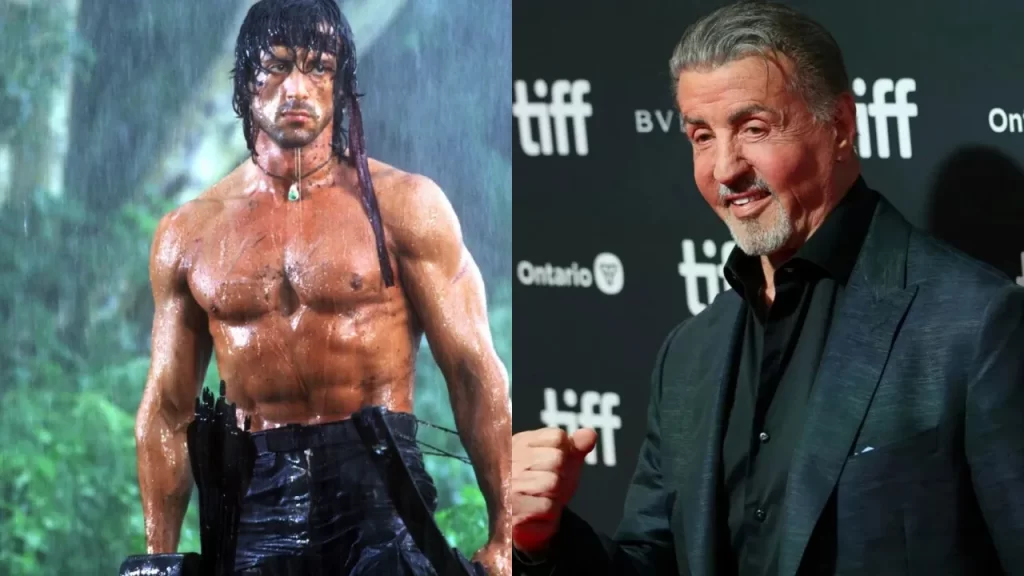
Sylvester Stallone’s Rambo sequel gets destroyed for its lack of realism by a Vietnam War historian. Stallone’s hugely successful Rambo franchise began modestly enough with 1982’s First Blood, but ramped things up to ultra-violent levels with the 1985 sequel Rambo: First Blood Part II. Co-written by James Cameron, the second Rambo movie sent Stallone’s ripped Vietnam War vet back to the jungle, on a mission to find missing POWs improbably still being held a decade after the war’s end.
Rambo: First Blood Part II indeed struck a nerve with movie fans who

led to believe that there was truth to its premise that American soldiers were still being held captive, but that premise was completely false, according to one military history expert. In a video for Insider, Professor Bill Ellison criticizes Stallone’s Rambo sequel for perpetuating the myth that POWs were still alive in Vietnam in the early ’80s, explaining the tragic history behind the myth. Overall, Ellison gives the film a 0 out of 10 for realism. Check out his comments below (around 13:48 into the clip):

So, the setup here is you got John Rambo coming in on this mission to rescue these American POWs who are probably listed as MIA. The war’s over and there’s still Americans being held by the nasty Vietnamese, right? There’s no evidence at all that there were any Americans still held after the war. None. But after the war, there became a cottage industry in Vietnam and especially in Thailand of selling false information to families who had people listed as missing.And all those missing names are listed in The New York Times. They know who they are. They know the units and everything.

They can create fake dog tags and rust them up and everything. And you’ll pay, you know, $10,000 to somebody in Bangkok who has this information on your loved one, right? In the hope of. … Chuck Norris made six films about going back and rescuing these people. We get our history from movies. So we all come to believe that this is the case, right? It’s a tragic deal all the way around, I think.When this film comes out, you know, height of the Cold War, you gotta have the Russians in there, right? Now, would a Russian have been out there at this prison? Probably not.

Thousands of Russian and Chinese technical advisors, military advisors were in North Vietnam throughout the whole conflict. A lot of them were there to train, for example, North Vietnamese antiaircraft crews to operate these Soviet and Chinese fairly sophisticated antiaircraft weapons. But they also have operational and strategic advisors. So that’s not uncommon at all.I gotta like a guy who’s muscled like that and can operate an M60 with impunity and kill pretty much everyone around him. But as far as reality goes, zilch. Gotta give it a zero.
Rambo: First Blood Part II Rode The ’80s Vietnam War Movie Craze To Huge Profits
Stallone knew he was onto something after the original First Blood, a grim tale of a Vietnam veteran driven to the brink by intolerant small-town residents. So the star doubled down on Vietnam in Rambo: First Blood Part II, bailing John Rambo out of prison and turning him into a one-man army, slaughtering his way through the jungles of Southeast Asia in an attempt to right the wrongs of the past. Stallone’s banged-up body and plenty of violence proved a winning combination, as the film grossed $300 million worldwide.
But Rambo II wasn’t the only ’80s film to exploit America’s conflicted feelings about Vietnam. The decade saw a spate of films with premisses similar to the Rambo sequel, in which soldiers return to free their comrades. Chuck Norris’s Missing in Action series gave the concept a Cannon Films twist, while Uncommon Valor tried a more grounded dramatic approach. The decade also saw prestige Vietnam films like Platoon and Full Metal Jacket, proving that returning to the defining conflict of the ’60s could bring awards, after Stallone proved there was money to be made.
